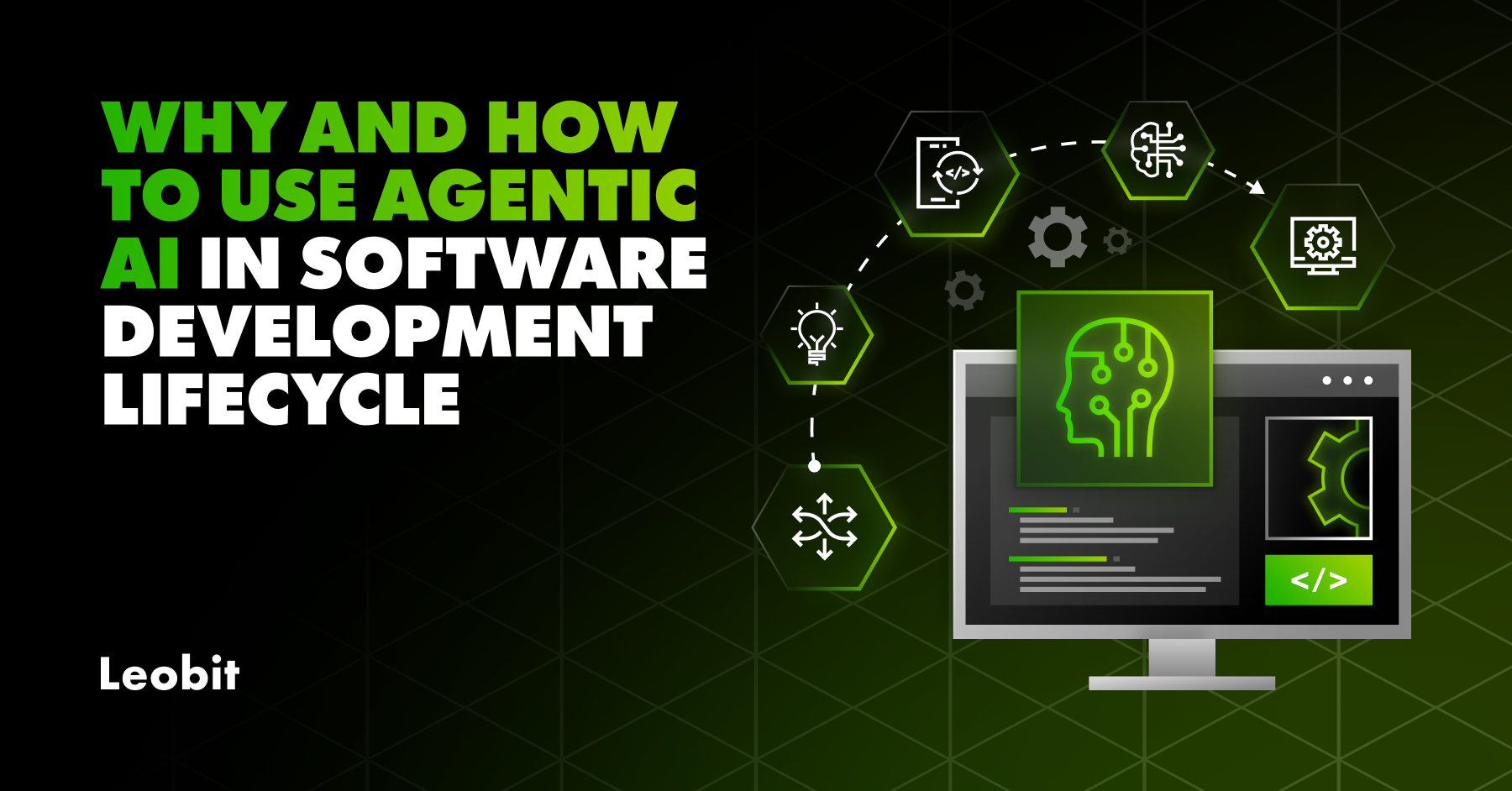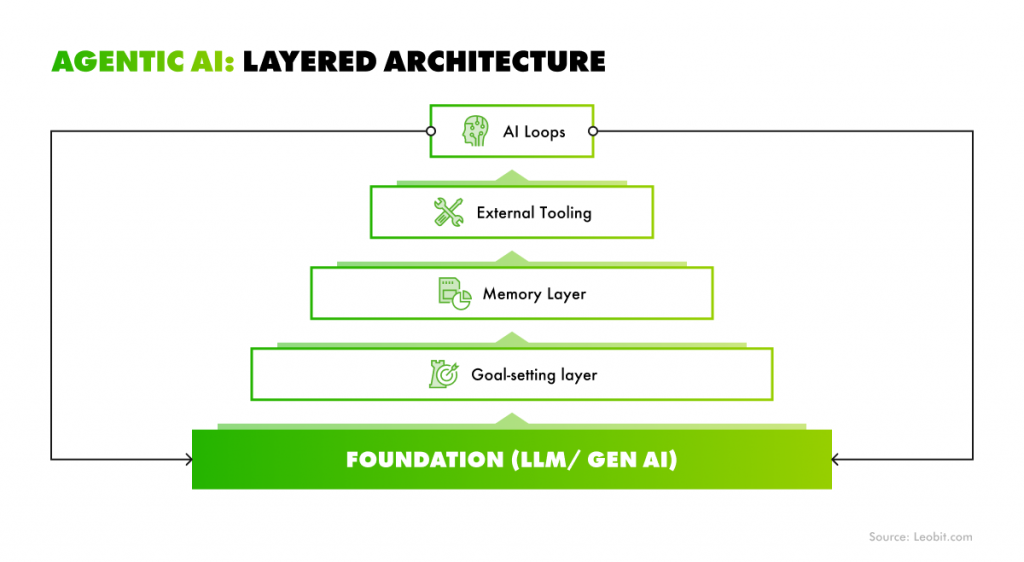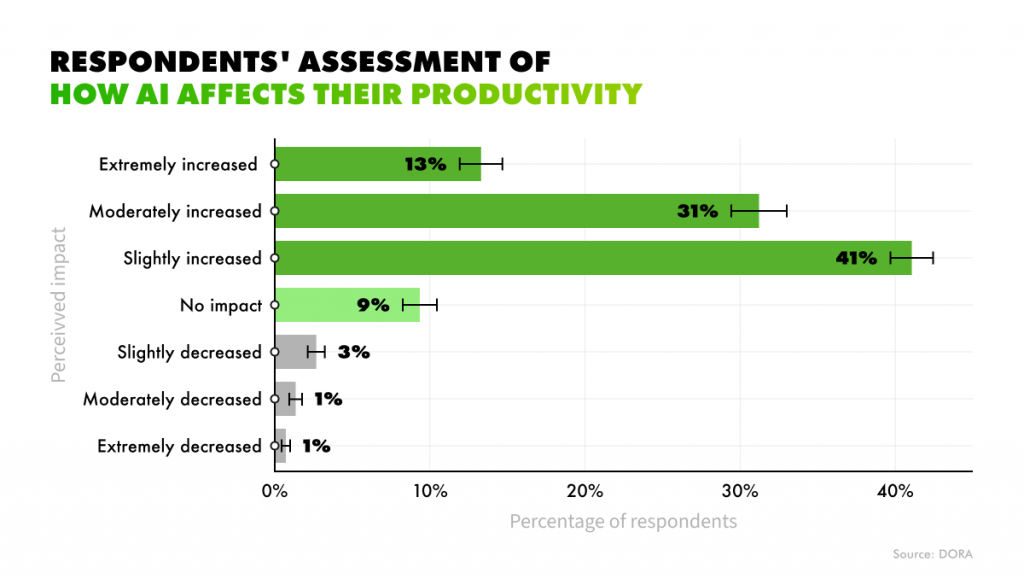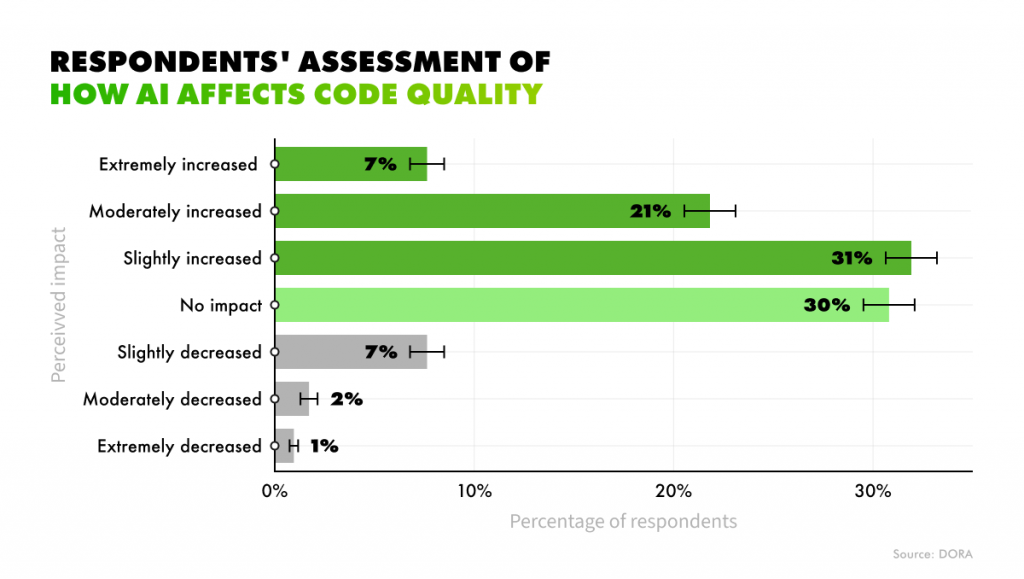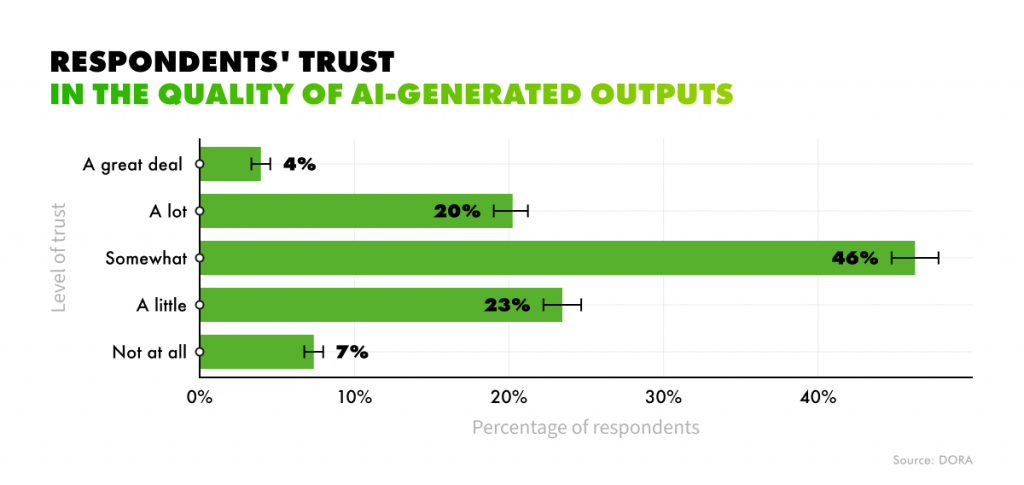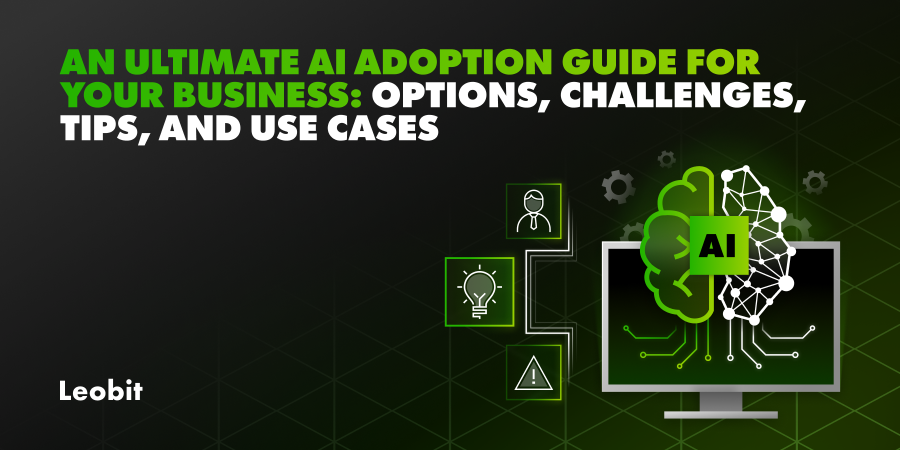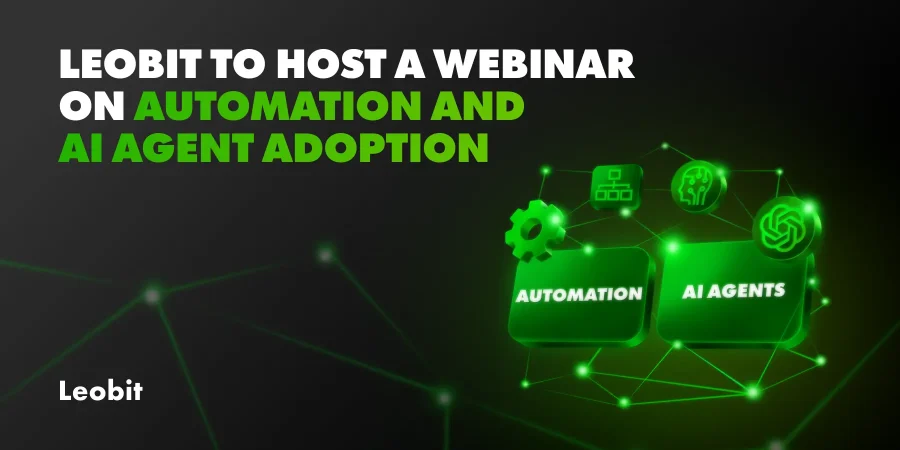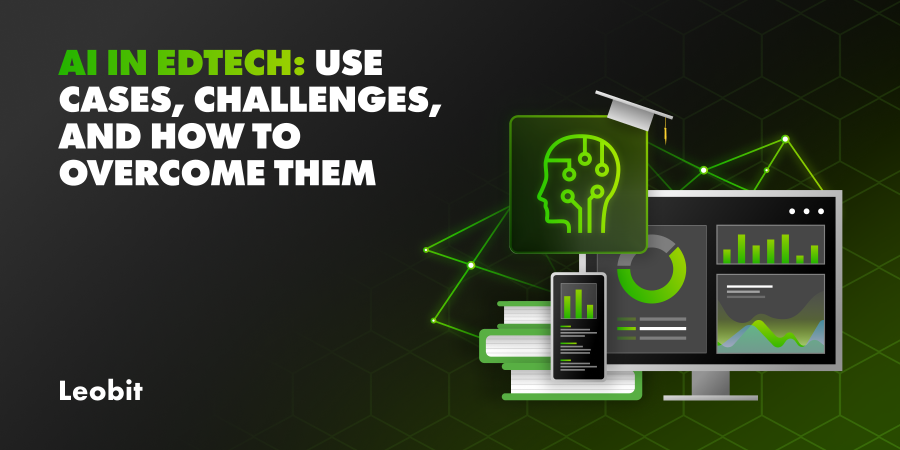Gartner predicts that by 2028, 33% of enterprise software applications will include agentic AI. The reasons are obvious, since agentic AI can autonomously analyze data, generate actions, and execute multi-step tasks without constant human supervision.
With the growing demand for agentic AI, these tools can be used as smart assistants throughout the app development process itself.
In fact, support from agentic AI can increase task completion accuracy by 7.7% across industries.
This is especially relevant to software development, where even minor mistakes can cause disruptions or costly bugs.
In this article, we will discuss the impact of agentic AI on SDLC. We will explore the ways agentic AI supports software engineers and things to consider while using this technology throughout different stages of SDLC.

